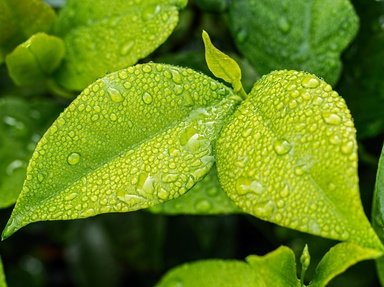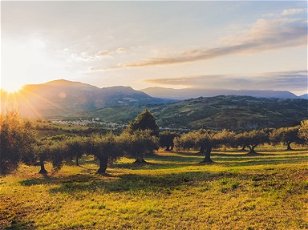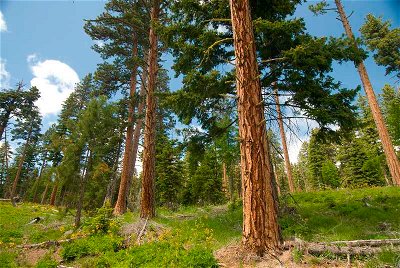18. Blighia sapida, known by the common name of ackee, is a tree native to West Africa, whose fruits are a staple of various Caribbean cuisines. To whom does this plant owe its scientific name?
From Quiz African Flora
Answer:
The captain of HMS Bounty
The name "ackee" for Blighia sapida, a tall evergreen tree native of the forests of West Africa, is derived from "ankye", the name given to the fruits of this tree in the Twi language of Ghana. Ackee belongs to the family Sapindaceae, also known as soapberry family, which also includes maples and the horse chestnut tree. Its generic name "Blighia" was given in honour of the infamous William Bligh, the former captain of HMS Bounty, who in 1793 transported the fruit from Jamaica (where it had been introduced from West Africa in the mid-18th century) to the Royal Botanic Gardens at Kew.
Though poisonous if eaten unripe, ackee is perfectly edible when the fruit is allowed to open fully, showing its three large, black seeds. The fleshy arils are then parboiled in water or milk before being cooked with other ingredients; ackee pulp has a mild, nutty flavour, and a texture similar to scrambled eggs. The ackee is Jamaica's national fruit, and ackee and saltfish is Jamaica's official national dish. In West Africa, ackee fruits are also used as laundering agents because of their saponin content. The durable heartwood of the tree is also used for various purposes.
LadyNym of Phoenix Rising's Red Crew, who would very much like to try ackee, wrote this question.











 Quick Question
Quick Question Top 10% Rated Quiz,
Top 10% Rated Quiz,